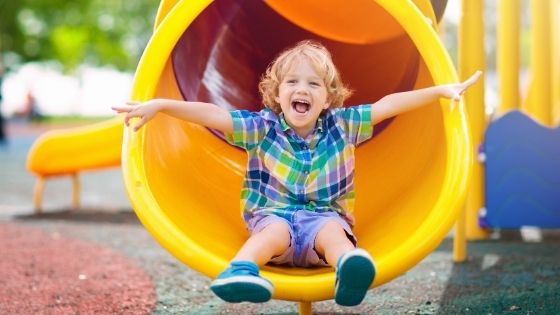
Encouraging an active lifestyle in children is paramount for their overall health and well-being. Let’s explore the significance of fostering an Active Lifestyle for Kids and the positive impact it can have on their physical, mental, and emotional development.
1. Importance of Physical Activity for Kids
Physical activity is crucial for the healthy development of children. It promotes strong bones, muscles, and cardiovascular health. Additionally, regular exercise contributes to improved coordination, balance, and flexibility. Introducing kids to a variety of physical activities sets the foundation for a lifetime of health and vitality.
2. Fostering a Love for Movement
To cultivate an active lifestyle, it’s essential to foster a love for movement from an early age. This involves making physical activities enjoyable and incorporating elements of play. Whether through organized sports, outdoor play, or active games, creating positive associations with movement encourages kids to embrace an active lifestyle willingly.
To delve deeper into Active Lifestyle Kids, visit Active Lifestyle Kids. This resource provides additional insights and guidance on promoting physical activity in children.
3. Limiting Screen Time and Sedentary Habits
In today’s digital age, limiting screen time is crucial for promoting an active lifestyle. Excessive screen time, including television and electronic devices, can contribute to sedentary habits. Establishing guidelines for screen use and encouraging breaks for physical activity helps strike a balance between technology and active play.
4. Diverse Physical Activities for Well-Rounded Development
Variety is key when it comes to physical activities for kids. Exposure to a range of activities, such as team sports, swimming, biking, and yoga, ensures well-rounded development. Different activities engage various muscle groups, enhance motor skills, and provide diverse opportunities for learning and social interaction.
5. Incorporating Physical Education in Schools
Active lifestyle habits are reinforced when physical education is prioritized in schools. A well-designed physical education curriculum introduces children to different sports and activities, emphasizing the importance of regular exercise. It also fosters teamwork, discipline, and resilience through physical challenges.
6. Setting a Positive Example as Parents and Educators
Children often mirror the behavior of their role models. Setting a positive example as parents and educators is instrumental in promoting an active lifestyle. Engaging in physical activities together, whether through family outings or school events, reinforces the value of staying active and makes it a shared and enjoyable experience.
7. Creating Active Play Environments
The environment plays a significant role in promoting physical activity. Creating active play environments, both at home and in community spaces, encourages spontaneous movement. Playgrounds, sports fields, and safe outdoor areas provide opportunities for kids to engage in active play and exploration.
8. Emphasizing the Joy of Movement Over Competition
While organized sports have their benefits, it’s essential to emphasize the joy of movement over competition. Not every child may be drawn to competitive sports, and that’s perfectly fine. Encouraging activities that focus on enjoyment, creativity, and self-expression ensures that kids find pleasure in being active.
9. Promoting Social Interaction Through Activities
Physical activities for kids provide opportunities for social interaction and teamwork. Whether through team sports, group activities, or active playdates, children learn valuable social skills such as communication, cooperation, and teamwork. These interactions contribute to their emotional and social development.
10. Nurturing Lifelong Habits for Health
The goal of promoting an active lifestyle in kids extends beyond their childhood years. By instilling the importance of regular physical activity, we lay the foundation for lifelong habits that contribute to overall health and well-being. Active children are more likely to grow into active and health-conscious adults.
In conclusion, fostering an Active Lifestyle for Kids is an investment in their current and future well-being. By providing diverse opportunities for physical activity, setting positive examples, and creating environments that encourage movement, we empower children to embrace an active and healthy lifestyle that lasts a lifetime.
